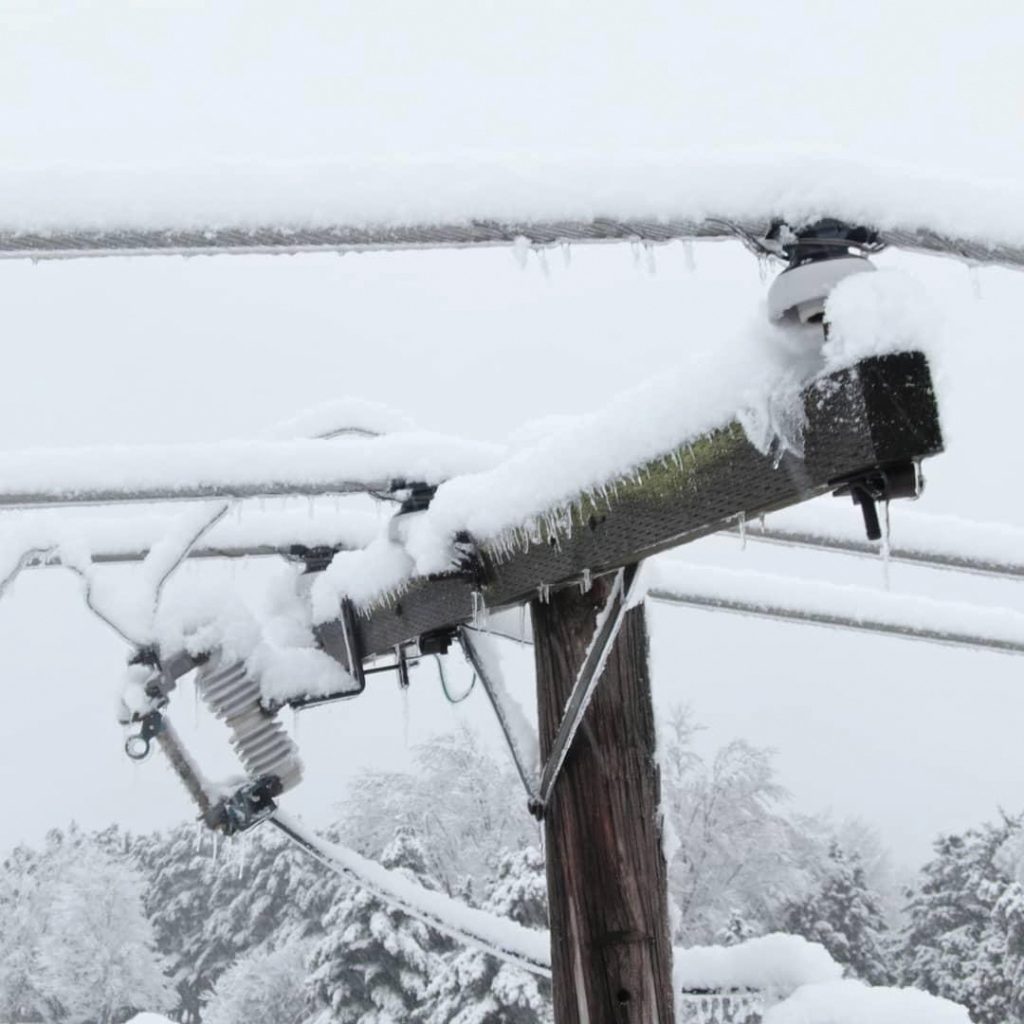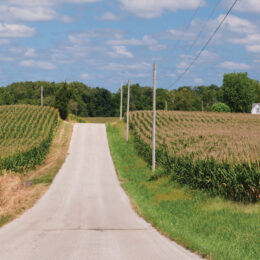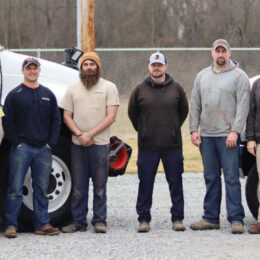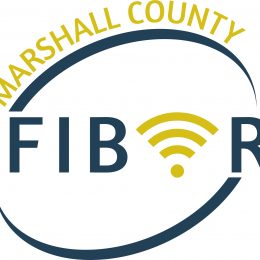
When Marshall County REMC restores electric service after a storm or other weather-related disaster, it follows a plan to ensure power is back on for the greatest number of people in the shortest amount of time and in the safest manner possible. To do that, your electric cooperative uses this priority system when line crews are working on outages.
- Priority 1: Transmission lines. These high voltage lines carry electricity from generating plants to substations (or between substations). They are supported by the tall towers, usually of steel lattice framing or sometimes tall wooden poles in an “H” or “M” configuration, carrying multiple lines. Since tens of thousands of people could be served by one transmission line, damage here needs to be taken care of first.
- Priority 2: Substations. These electrical facilities contain equipment that switches or regulates the voltage of electricity. They lower the voltage from the transmission lines so the electricity can be transmitted through the distribution lines. If problems are taken care of at the substation, power to a large number of people can be restored.
- Priority 3: Main distribution lines. You see these along roadways. They carry electricity from the substations to groups of consumers, like towns or housing developments. When power is restored here, all consumers from this supply line will see their power come on unless there is a problem farther down the line.
- Priority 4: Tap lines. These are electric feeder lines running from the main distribution line to utility poles and underground transformers outside houses or buildings. Small numbers of consumers are served by them.
- Priority 5: Individual service. These lines run from the transformer to the individual consumer’s electric meter.
Repairs to individual homes come after all other larger fixes. Consumers may see lights on at neighboring homes and see line crews working in the area, but they may still not have power at their home. When this happens, it generally means the service line between their home and the nearby transformer has been damaged. If this happens, consumers should contact their electric cooperative right away to let the cooperative know a line crew needs to come to their individual homes.



